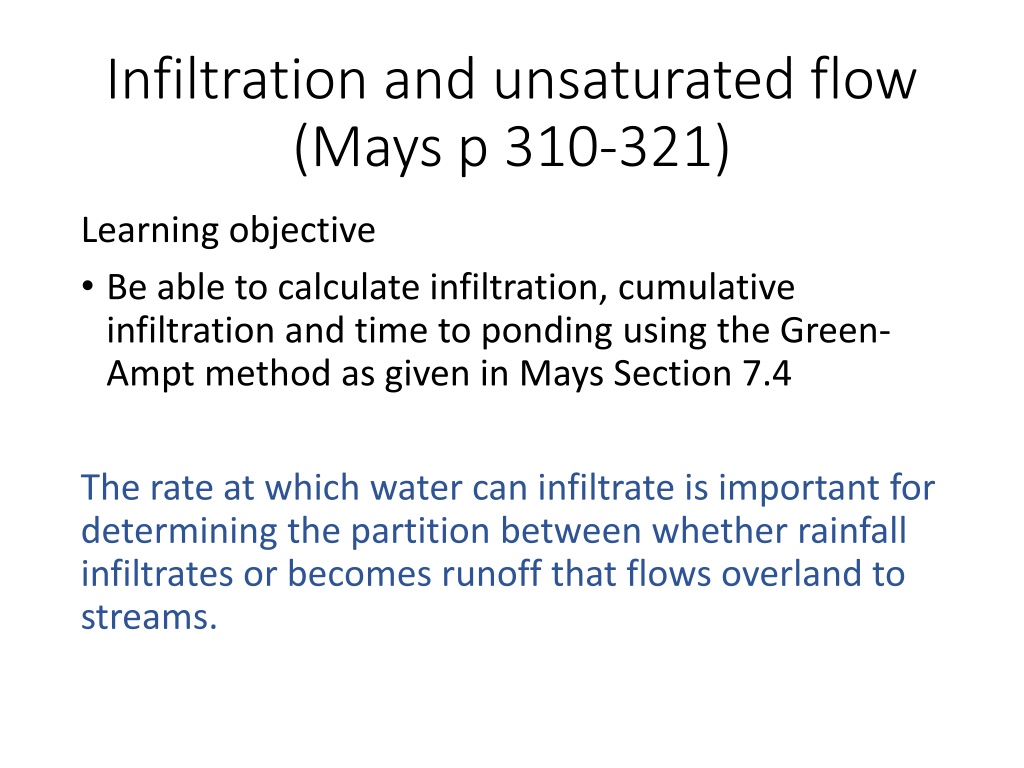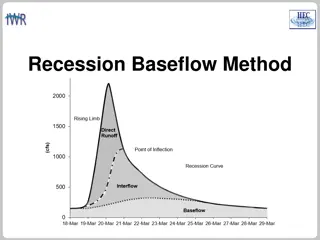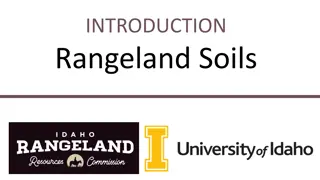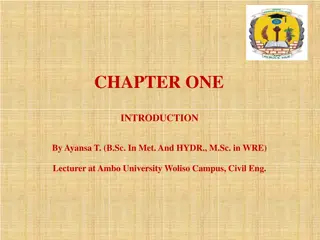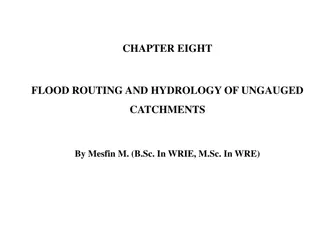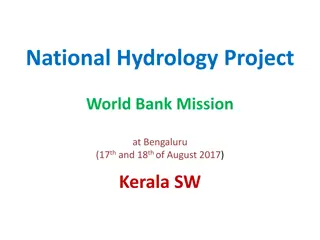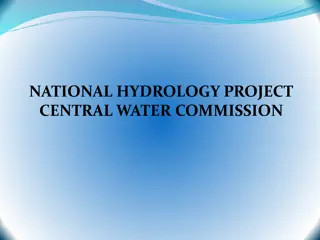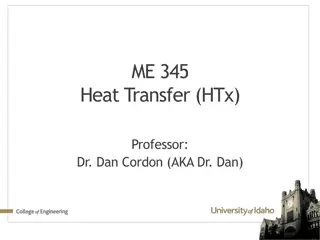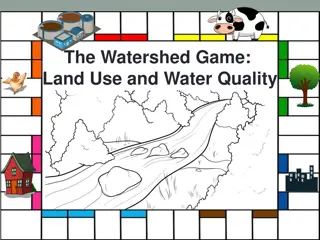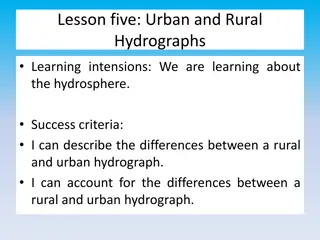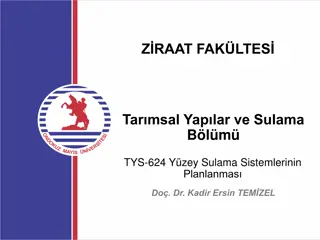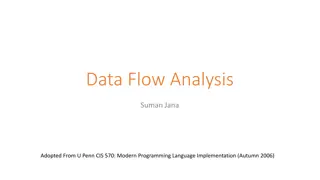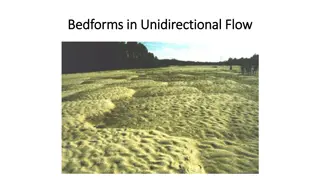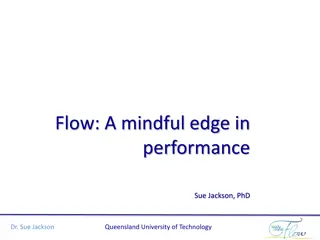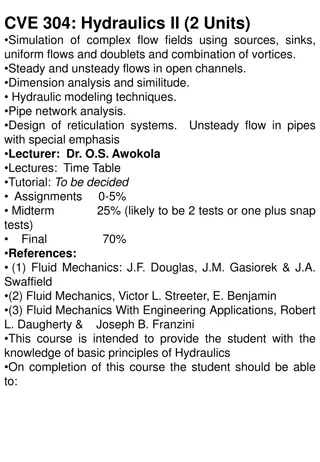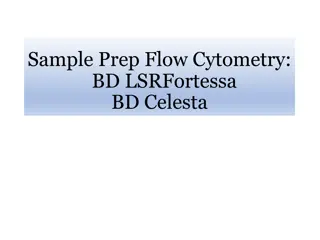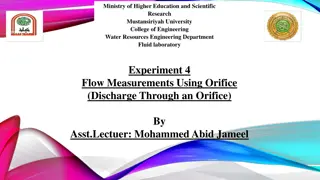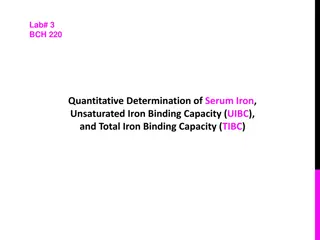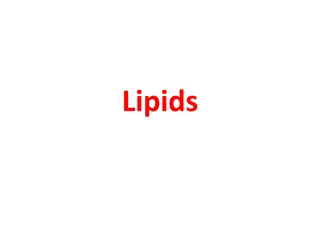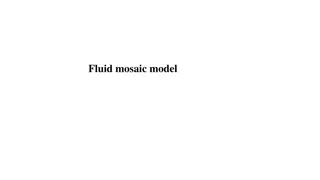Understanding Infiltration and Unsaturated Flow in Hydrology
This content delves into the key concepts of infiltration and unsaturated flow in hydrology, focusing on calculating infiltration, cumulative infiltration, and time to ponding using the Green-Ampt method. It covers important topics such as runoff rate, infiltration capacity, cumulative infiltration, and examples using the Green-Ampt method for various soil types. Furthermore, it discusses the significance of determining water infiltration rates in managing surface runoff.
Download Presentation

Please find below an Image/Link to download the presentation.
The content on the website is provided AS IS for your information and personal use only. It may not be sold, licensed, or shared on other websites without obtaining consent from the author. Download presentation by click this link. If you encounter any issues during the download, it is possible that the publisher has removed the file from their server.
E N D
Presentation Transcript
Infiltration and unsaturated flow (Mays p 310-321) Learning objective Be able to calculate infiltration, cumulative infiltration and time to ponding using the Green- Ampt method as given in Mays Section 7.4 The rate at which water can infiltrate is important for determining the partition between whether rainfall infiltrates or becomes runoff that flows overland to streams.
The class of problem we need to solve Consider a soil of given type (e.g. silty clay loam) and given an input rainfall hyetograph, calculate the infiltration and the runoff. Rainfall rate 2 cm/hr, for 3 hours Initial soil moisture content 0.3
Key Concepts (b) Runoff rate = Rainfall intensity Infiltration capacity. (a) Infiltration rate = rainfall rate which is less than infiltration capacity ? ? ? ? ? ?? Surface runoff occurs when surface water input exceeds infiltration capacity Infiltration capacity varies with time (and the amount of water infiltrated) Cumulative infiltration F is the accumulated amount of water infiltrated since the start of an event ? = 0 ?? Ponding is the condition when ? > ?? Ponding time tp is that time when ? = ?? Cumulative infiltration at ponding Fp is the amount of water that has infiltrated at the ponding time Runoff = Rainfall Excess is the rainfall that is not infiltrated or retained on the land surface ?? ? ??, ? =?? If ? < ?? ? = ? Else ? = ?? ? = ? ?
Example 7.4.3 Use the Green-Ampt method to evaluate the infiltration rate and cumulative infiltration depth for a silty clay soil at 0.1 hr increments up to 6 hr from the beginning of infiltration. Assume an initial effective saturation of 20% and continuous ponding 1= 0 2= ? ? ? = ? ? ??= ? = ? 1 2 Wetting front in a sandy soil exposed after intense rain (from Dingman, 1994). ?1 ?2 = ? ? ? ? = ??+? ? ? for ho = 0 ? From Mays, 2011, Ground and Surface Water Hydrology
Table 7.4.1. Green Ampt infiltration parameters for various soil classes (Rawls et al., 1983). The numbers in parentheses are one standard deviation around the parameter value given. Effective porosity e Soil Texture Porosity n Wetting front soil suction head (cm) Hydraulic conductivity K (cm/hr) Sand 0.437 0.417 4.95 11.78 (0.374-0.500) (0.354-0.480) (0.97-25.36) Loamy sand 0.437 0.401 6.13 2.99 (0.363-0.506) (0.329-0.473) (1.35-27.94) Sandy loam 0.453 0.412 11.01 1.09 (0.351-0.555) (0.283-0.541) (2.67-45.47) Loam 0.463 0.434 8.89 0.34 (0.375-0.551) (0.334-0.534) (1.33-59.38) Silt loam 0.501 0.486 16.68 0.65 (0.420-0.582) (0.394-0.578) (2.92-95.39) Sandy clay loam 0.398 0.330 21.85 0.15 (0.332-0.464) (0.235-0.425) (4.42-108.0) Clay loam 0.464 0.309 20.88 0.1 (0.409-0.519) (0.279-0.501) (4.79-91.10) Silty clay loam 0.471 0.432 27.30 0.1 (0.418-0.524) (0.347-0.517) (5.67-131.50) Sandy clay 0.430 0.321 23.90 0.06 (0.370-0.490) (0.207-0.435) (4.08-140.2) Silty clay 0.479 0.423 29.22 0.05 (0.425-0.533) (0.334-0.512) (6.13-139.4) Clay 0.475 0.385 31.63 0.03 (0.427-0.523) (0.269-0.501) (6.39-156.5)
Infiltration capacity Depth Function 8.0 7.0 6.0 5.0 fc (cm/h) 4.0 3.0 2.0 1.0 0.0 0 2 4 6 8 F (cm)
Delayed Ponding and Green-Ampt Infiltration after Ponding At ponding ? = ? 1 +? ? ? ? = ? 1 +? ? ??? Time of ponding After ponding ? + ? ? ??+ ? ? ?? ? ? ? ? ? ?? ? ?ln = ? ? ?? ??= From Mays, 2011, Ground and Surface Water Hydrology
Modified Example 7.4.3 For the same silty clay soil used in example 7.4.3 evaluate the runoff generated for a 1.5 hour storm with rainfall rate 0.8 cm/h. Psi (cm) Delta_Theta K (cm/hr) t (hr) tp (hr) Fp (cm) F (cm) 29.22 0.338 0.050 1.5 0.8242 0.6593 1.078 Unknown ? +? ? ??+? ? ? ?? ? ?ln ? ? ?? = Eqn 7.4.22 generalized -6.3E-07 ? ? ? ? = ? +1 f (eqn 7.4.23) (cm/hr) 0.508
